Commissioning
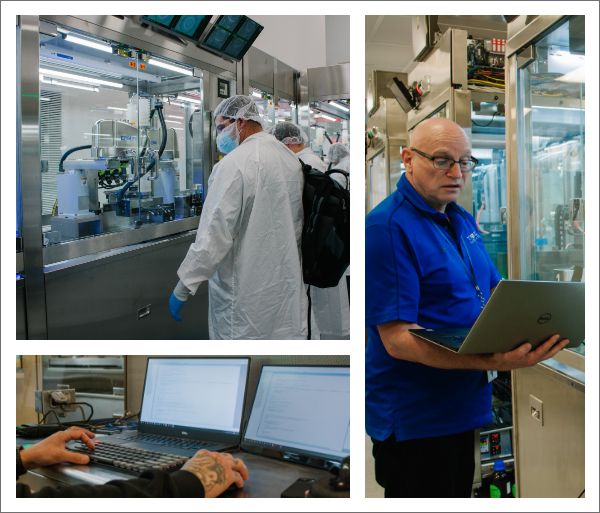
Comprehensive Commissioning
Commissioning ensures that your systems are installed and performing properly, and are as efficient, safe, and cost-effective as planned. Taking shortcuts at this stage of your project increases the risk of damaging equipment and causing delays, costing you valuable time and money.
What We Do
Before formal commissioning, we develop an organized plan for commissioning that meets your needs. Then, our Field Technicians, Electrical Engineers, and Control Engineers perform pre-commissioning activities for electrical and mechanical systems and Factory Acceptance Testing (FAT). During commissioning, we confirm that your electrical and mechanical equipment works together as a system under the automation program. These thorough checks ensure that our automation solutions will properly control your facility’s processes before start-up.
Develop Programs
Control system programs are the coded instructions that enable your equipment and machinery to function correctly. We develop programs for each subsystem (i.e., PLCs, DCSs, HMIs, robots, smart cameras, SCADA, MES, etc.) based on the functional specifications of your project. We design our programs following consistent programming standards that align with your needs—if you have your own standards, we will follow those, and if not, we can provide them. We test our programs to confirm proper execution and integration with your entire control system.
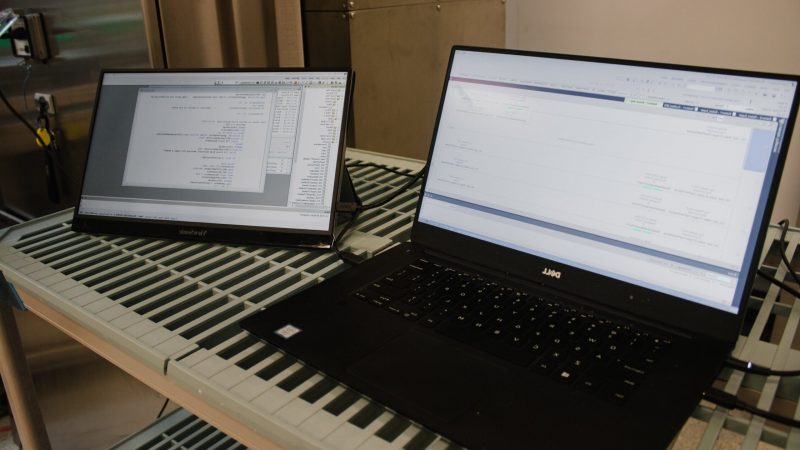
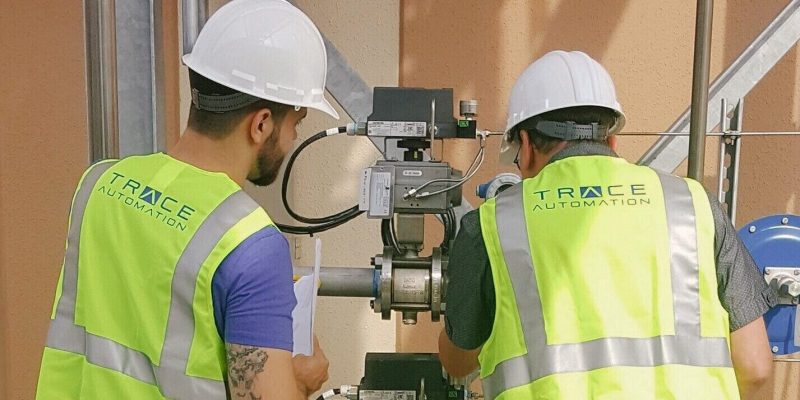
Perform Loop Checks
Loop checks verify that the field devices are wired correctly and that the control system is reading the correct information. We perform loop checks of digital and analog IO from the field devices (i.e., E-STOPs, valves, flow meters, etc.) to the HMI. In the case of analog IO, we simulate signals that verify proper ranges and we calibrate the field devices.
Test Permissives, Interlocks & Alarms
In automation, a permissive must be satisfied before an action or event sequence occurs. During commissioning, we run tests to verify that a process will not start until the permissives are met. For example, a pump permissive may be that the pump tank can only start with a level above 10%. We simulate tank levels above and below 10% to confirm when permissives are satisfied.
Whereas permissives allow a process to start, interlocks stop the process. Interlocks occur as a consequence of a specific action or event sequence and will switch an apparatus or machine to a predetermined state. During commissioning, we confirm that all interlocks work properly. For instance, a pump interlock might occur when the level of the pump tank drops to 1%. We run the pump and simulate the tank’s level below 1% to check that the pump automatically shuts down.
Alarms help facility staff monitor and control automated processes by alerting them when an adverse event occurs or is about to occur. During commissioning, we trigger every audible and visual alarm to ensure proper function. As an example, for a temperature alarm with a low level of 0° and a high level of 100°, we simulate levels below 0° and above 100° to confirm that the appropriate alarms are triggered.
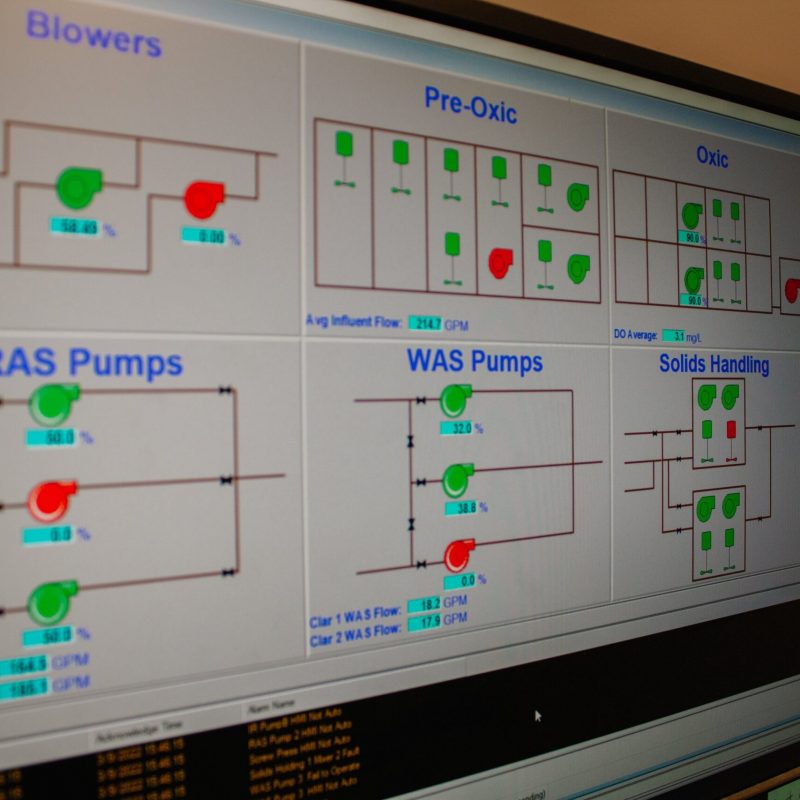
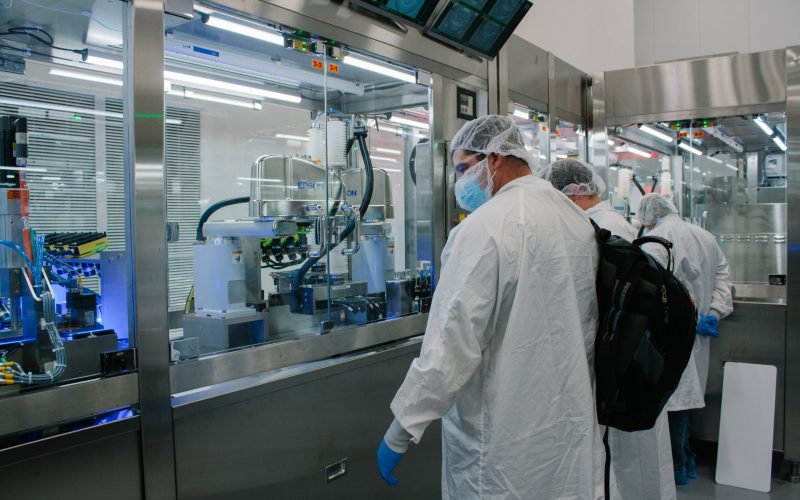
Perform Safety Checks
Safety-critical devices (such as E-Stops, light curtains, etc.) require more detailed checks to ensure that safety and reliability are always maintained. We begin with standard loop checks, then validate that the safety code is performing as intended. For example, when an E-Stop is triggered, we validate that it stops all machine and process functions according to the functional specification. We then intentionally cause malfunctions in the field (e.g., a broken circuit, low power supply, etc.) to verify that the system remains safe.
- Frequently Asked Questions
Commissioning FAQs
Very! Commissioning ensures that systems are installed and perform properly, and are as efficient, safe, and cost-effective as planned. Each step of commissioning is not to be taken lightly. For instance, some companies might try to run their equipment right after the wiring is complete and the power is turned on without first confirming that the equipment is communicating properly. However, skipping steps runs the risk of damaging equipment and causing delays, costing you valuable time and money.
A good time to start thinking about commissioning is after the project’s design is complete. While the final design is in the build and program development stage, we can put together a commissioning plan. Having a good plan in place ensures that commissioning activities can commence immediately after control panel and equipment assembly.
First, we terminate all the IO in the field. Each IO point gets connected to a corresponding field device, such as an E-Stop button or a run light. Additionally, we run communications and power cables to panels and devices. When everything is wired, we systematically check the connections and power up the complete system. Next, we perform loop checks on all field devices. We check from the field device to the IO point, to the program, and to the HMI to confirm that all devices are working properly and are mapped to the proper place in the program and HMI. We then test the program’s permissives, interlocks, and alarms using simulations to confirm appropriate action and alerts. Most importantly, we perform detailed safety checks on the code and machinery to ensure that safety and reliability are maintained at all times. After these steps are complete, your system is ready for start-up!
Ready to Automate Your Business?
Introduce yourself! Tell us about your facility and what problems you need us to solve.
Give us the controls—we’ll exceed your goals!